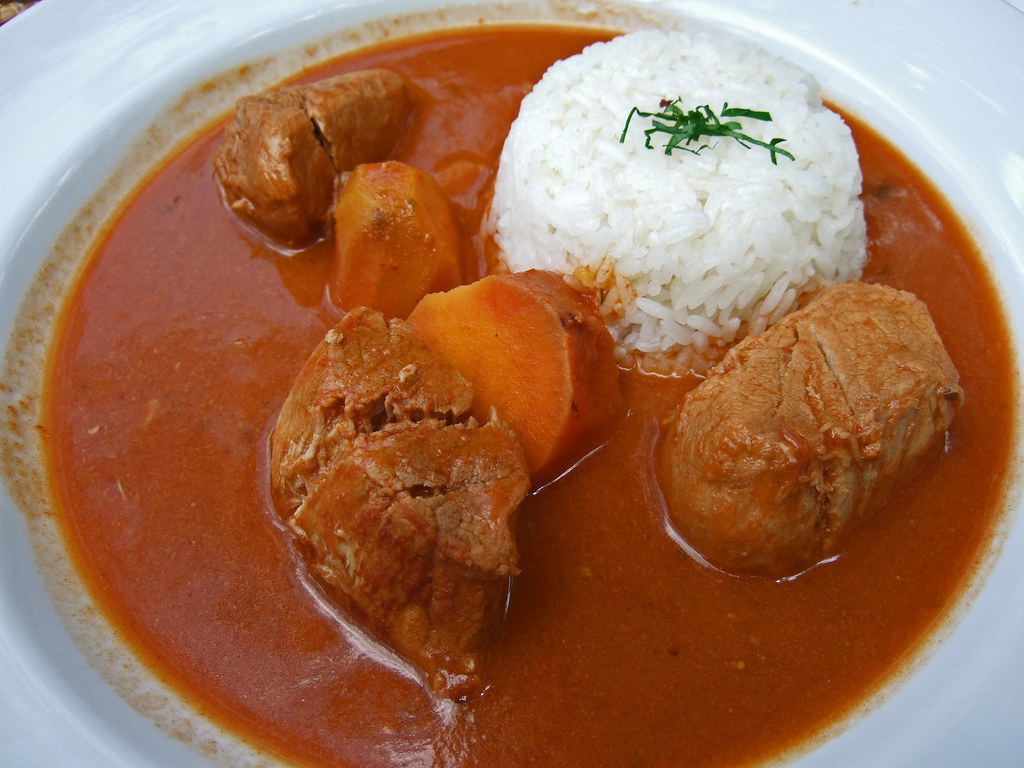Machu Picchu in Peru is one of the most amazing archeological discoveries of all time. This picture, taken at the Temple of the Three Windows, required quick reflexes as the clouds suddenly opened up to full sun in the blink of a eye. The spectacular 4,000 metre (13,000 foot) mountains surrounding .
Machu Picchu only add to the beauty and wonder of the site.In the 15th century, the Incan Emperor Pachacútec built a city in the clouds on the mountain known as Machu Picchu (“old mountain”). This extraordinary settlement lies halfway up the Andes Plateau, deep in the Amazon jungle and above the Urubamba River. It was probably abandoned by the Incas because of a smallpox outbreak and, after the Spanish defeated the Incan Empire, the city remained ‘lost’ for over three centuries. It was rediscovered by Hiram Bingham in 1911.
Most of the roughly 150 buildings in Machu Picchu were built of granite so their ruins look like part of the mountains. The Inca made regular blocks of granite fit so tightly together (without mortar) that there are areas where a knife cannot fit between the stones. Many buildings had trapezoidal doors and thatched roofs. They used irrigation to grow corn and potatoes. Smallpox devastated the Machu Picchu before the conqueror of the Inca, the Spaniard Francisco Pizarro, arrived. Yale archaeologist Hiram Bingham discovered the ruins of the city in 1911.
Cusco is wellknow for the famous cultural actity Inti Raymi,manyy visitors arrive here just to see it.Is an amazing experience so that you can have a idea how it was in the past.
HOTELS
SUMAQ MACCHU PICCHU HOTEL
Ungainly on the outside, this high-end hotel has a soothing interior. Light-flooded, white-walled spaces with splashes of bold color give it a modern feel that’s luxurious without being pompous. Rooms boast views of either river and mountains, or a hillside with manmade water cascades. There are multiple eating and drinking areas, and a full spa with sauna and Jacuzzi. Room rates include buffet breakfast, afternoon tea and either lunch or dinner.
Other Hotels
TYPYCAL FOOD
To the people of Cuzco the word “typical” suggests food that symbolizes Cuzco. The mere mention of typical dishes brings to mind the city and its region, as well as its calendar of feasts, since many of these dishes are obligatory for certain days of the calendar, much as turkey and cranberry sauce are for an American Thanksgiving.
In what follows we list and describe some of these typical dishes that you can find in Cuzco. They are delicious and stem from Cuzco’s geographic diversity and its traditions.
ADOBO :
A pork stew made with chicha (corn beer). It is particularly consumed for New Years Day in hopes for good luck in the coming year since the pig symbolizes abundance.

This stew traditionally called “ TIMPU” , is eaten in February as part of the celebration of Carnival. It is made from lamb and vegetables.
As its name indicates, these are twelve dishes that are served on this important time. The dishes stand for the Twelve Apostles and they are prepared on the basis of various fruits, vegetables, and fish. However, they may not contain meat in honor of Christ’s passion
CHIRIUCHU:
In Quechua, chiriuchu means “cold food”. It consists of small pieces of roasted cuy (guinea pig), boiled chicken, jerky or chalona (a salted, dried meat), sausages, fish eggs, cheese, corn fritters, parched corn, and qochayuyo (dried seaweed), and the rocoto pepper. It is prepared for the feast of Corpus Christi in either May or June.
LECHÓN AND TAMALES
This traditional dish is prepared for the feast of All Saints Day, the first days of the month of November. It consists of young pig roasted in the oven and condimented with yellow hot pepper (ají), garlic, cumin, and onons. It is served with tamales that are made from white corn flour.
While the above are associated with particular dates in the calendar, Cusco has other typical foods that are eaten year round, such as the following.
ROASTED CUY (GUINEA PIG):
This is the most symbolically important dish of the Cusco region. It is prepared for important events. Condimented withwacatay (black mint), garlic, cumin, and salt, the cuy is oven roasted
CHOCLO CON QUESO:
This dish consists of ears of fresh corn, boiled, and served with pieces of fresh, local cheese.
CHICHARRONES:
Pieces of pork deep fried in lard, served with fried potatoes in large strips, hominy corn (mote), and a salad of onions with mint.
CHAIRO:
This is a local soup prepared with pieces of lamb or beef, tripe, bacon, potatoes, squash, white freeze-dried potatoes (moraya), wheat, carrots, and cabbage.
SARA LAWA:
An Andean cream soup made from fresh, ground corn, potatoes, cheese, and eggs. It is seasoned with turmeric.
K’APCHI DE ZETAS :
This is a stew whose ingredients are mushrooms, green broad beans, potatoes, and milk. It is served with rice.
ESCABECHE DE GALLINA O PESCADO :
Pieces of either cooked fish or chicken are pickled in vinager along with boiled onions, cauliflower, carrots, peas, and are served with a dusting of chopped parsley.
SOLTERITO DE CUCHICARA:
PICANTE DE TARWI:
This is an energy rich dish made with tarwi (edible lupine seeds). It also has potatoes, cheese, and is seasoned with garlic, hot pepper, onions, mint, and wacatay (black mint). It is served with a toasted and boiled rice.
Travel Agency
www.machupicchutravelagency.com
www.andeantravelperu.com
www.toursinmachupicchu.com










